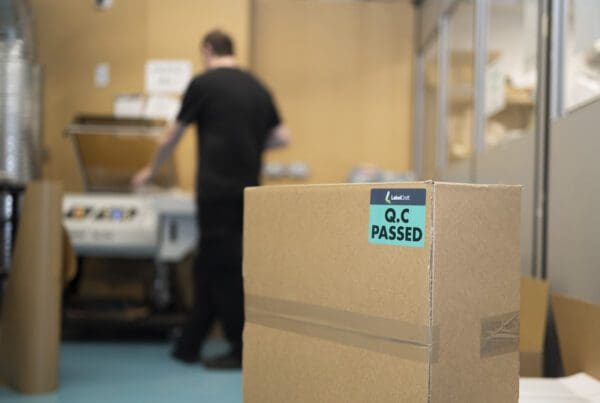Last Updated on October 14, 2025 by admin
Exploring Innovation, Sustainability, and Consumer Expectations
European Packaging Trends in 2025
We are Irelands most trusted packaging manufacturer helping build global brands. Established in 1984 and joining The Asteria Group in 2022 we are based in Dundrum Dublin we are one of Irelands largest self-adhesive label, package, and carton manufacturer, supplying to the pharmaceutical, healthcare, medical devices, cosmetic, veterinary and the food and drinks industry.
The packaging industry in Europe is undergoing rapid transformation as we move through 2025. Driven by evolving consumer demands, regulatory changes, and advances in technology, the sector is redefining what it means to package products effectively and responsibly. In this blog, we will delve into the key trends shaping European packaging this year, from sustainability initiatives to digital innovation and shifting market expectations.
Sustainability at the Forefront
Perhaps the most dominant force in European packaging today is the ongoing push towards sustainability. Consumers are increasingly eco-conscious, prompting businesses to reduce their environmental footprint. Key trends include:
- Recyclable and Compostable Materials: Brands are switching to materials such as paper, cardboard, and bioplastics that can be recycled or composted with ease. This is particularly visible in the food and beverage sector, where single-use plastics are being phased out.
- Reusable Packaging: The rise of circular economy principles has given birth to reusable packaging schemes, especially in urban centres. Retailers now offer refill stations and incentivise customers to return packaging for reuse.
- Minimalist Design: Companies are reducing packaging layers and eliminating unnecessary components, resulting in lighter, more resource-efficient solutions.
Restrictions & Bans on Single-Use Plastics & Harmful Substances
Certain single-use plastic packaging types will be restricted/banned by 2030: e.g. small portions of condiments, miniature toiletries, etc. Ban or stricter limits on PFAS (“forever chemicals”) in food contact packaging above certain thresholds.
Innovation in Materials and Technologies
Technological innovation is unlocking new possibilities for packaging design and functionality across Europe:
- Smart Packaging: Incorporating QR codes, NFC chips, and sensors, smart packaging enhances product traceability, offers interactive experiences, and provides information about freshness or authenticity.
- Bio-based Plastics: Advances in bio-based polymers are making it possible to produce plastics from renewable sources such as corn starch or algae, reducing reliance on fossil fuels.
- Barrier Technologies: New coatings and films are improving shelf life without compromising recyclability, catering to both sustainability and performance requirements.
Growth of E-commerce and Its Impact
The continued expansion of e-commerce across Europe is reshaping packaging requirements. There is a growing need for packaging that is robust enough to protect goods during transit but also easy to open and dispose of. Furthermore, brands are experimenting with ‘unboxing’ experiences that delight customers and encourage social sharing, further blurring the line between packaging and marketing.
Regulatory Drivers and Standardisation
European Union regulations continue to influence packaging trends, with 2025 seeing the implementation of stricter targets for recycling, waste reduction, and the use of recycled content. The Single-Use Plastics Directive and Packaging and Packaging Waste Regulation (PPWR) are key frameworks guiding these changes. Companies are aligning their packaging strategies to ensure compliance while maintaining brand identity and consumer appeal.
Recyclability & Recycled Content Targets
All packaging in the EU must be recyclable in an economically viable way by 2030. New minimum percentages for recycled content. For example, single-use plastic bottles will need up to 65% recycled content by 2040.
Consumer-Centric Design and Personalisation
European consumers are demanding more personal and meaningful experiences with brands. Packaging plays a vital role in this, leading to trends such as:
- Customised Packaging: Digital printing technology enables brands to create limited-edition designs or personalise packaging for individual customers.
- Accessible Design: An emphasis on universal design ensures packaging is easy to use for all, including people with disabilities or limited dexterity.
- Transparency: Clear labelling and visible product windows foster trust and help consumers make informed choices at the point of sale.






